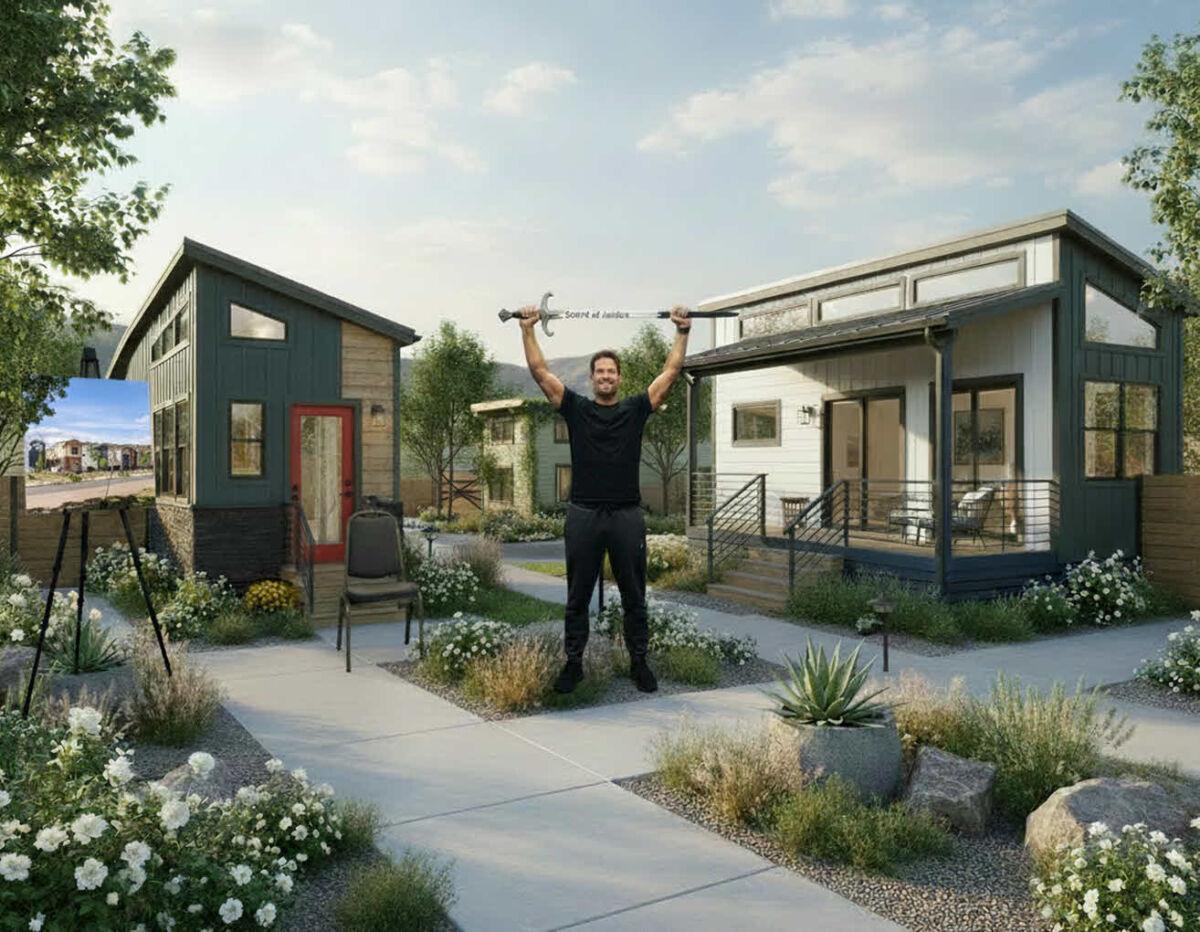Practical, Fast Solutions to a Broken Partnership Between Wall Street Landlords and America’s Housing Safety Nets
Wall Street and HUD have become an unlikely—but increasingly inseparable—force shaping the U.S. housing market. As corporate landlords continue acquiring millions of rental homes, the Housing Choice Voucher Program (Section 8) and HUD-VASH now operate inside a rental ecosystem dominated by institutional investors, automated billing systems, and algorithmic rent-setting.
This partnership has potential. In fact, when aligned, Wall Street’s scale + HUD’s mission = a powerful engine for stable, high-quality affordable housing.
But right now, the marriage is having some squabbles.
HUD relies heavily on private landlords, but provides almost no enforcement against landlord abuse, a gap extensively documented in the Harvard Law Review (link below). Public Housing Authorities (PHAs) are designed to monitor tenants, not landlords—leaving corporate owners effectively unchecked, even when they violate federal contracts.
📎 Read our deep-dive:
Wall Street & HUD: The Unlikely Marriage Shaping America’s Future
📎 And the legal scholarship that confirms the problem:
Harvard Law Review: Corporate Landlord Abuse & Federal Oversight Failures
To stabilize this relationship—and protect both tenants and responsible landlords—HUD and Congress can implement a few simple, fast “Quick Fixes” that require almost no new bureaucracy and deliver immediate impact.
Below are the three fastest and most practical solutions.
1. Quick Fix #1: Update the HAP Contract to Reflect Modern Rent Structures
Corporate landlords now add fees HUD never anticipated—so the HAP contract must evolve.
Wall Street landlords increasingly use:
- shared utility bill-backs
- mandatory service packages
- “amenity fees”
- tech fees
- billing-system–generated add-ons
These extra charges may be legitimate in some cases and abusive in others—but HUD’s current HAP Contract treats them as if they don’t exist at all.
The result?
Tenants are charged 3–4× more than the intended rent portion because PHAs cannot calculate or approve fees that appear nowhere in HUD’s forms.
The Quick Fix: Add Two Simple Fields
HUD does not need a task force or multi-year overhaul.
Just add two boxes:
• Additional Tenant Charges: $__________
• [ ] Owner certifies no other fees are charged to the tenant.
That’s it.
This immediately prevents:
- hidden fees
- unapproved charges
- billing surprises
- backdated balances
- PHA blind spots
And it brings corporate landlords into compliance with the actual federal contract.
2. Quick Fix #2: Enforce the HAP Contract by Hiring Licensed Real Estate Agents Inside PHAs
PHAs monitor tenants—not landlords. That has to change.
Harvard Law Review documented the core problem: there is no federal mechanism that enforces landlord compliance in the Section 8 system.
PHAs are staffed with:
- social workers
- human services case managers
- administrators
- program specialists
But virtually none of them have training in real estate law, landlord-tenant agreements, billing practices, lease compliance, or fraud detection.
At the same time, Wall Street landlords have:
- corporate counsel
- compliance departments
- automated rent software
- billing portals with proprietary rules
- algorithmic pricing tools
This is not a fair fight.
The Quick Fix: Add a Licensed Real Estate Agent to PHAs
Every PHA should have access to a real estate agent:
- A licensed Texas real estate agent is educated in real estate fundamentals, property law and lease contracts.
- Many licensed agents in Texas will volunteer for the role!
These professionals can:
- identify abusive fees
- spot backdated charges
- review lease terms for HUD violations
- escalate issues to HUD when fraud is suspected
- protect both tenants and PHAs from noncompliant landlords
This is fast, inexpensive, and scalable.
It builds expertise right where the compliance gap exists.
3. Quick Fix #3: Fast-Track Zoning Exceptions for a Prototype Tiny Home Community in Dallas
More homes = lower rents. Tiny homes are the easiest, fastest way to build them.

Dallas is shovel-ready for a small-scale prototype tiny home community built by:
- local landlords
- local developers
- local investors
This accomplishes three goals at once:
- Adds affordable, high-quality units quickly
- Provides competition to Wall Street landlords, which stabilizes rents
- Demonstrates a new model for public-private partnership housing
Tiny home communities:
- require minimal land
- have low infrastructure costs
- can be built in under 120 days
- appeal to seniors, veterans, students, and workers
- create attractive, walkable neighborhoods
We don’t need a decade-long zoning overhaul.
Just a site-specific tiny home zoning overlay or special-use permit.
A successful pilot in Dallas will become a national model.
Conclusion: Fast, Practical Fixes for a Better System
HUD and Wall Street landlords aren’t enemies—they’re partners, whether they intended to be or not. The challenge is ensuring that partnership works for:
- taxpayers
- tenants
- local communities
- responsible landlords
- veterans
- seniors
- working families
These three Quick Fixes are the lowest-hanging fruit:
✔ Update the HAP contract to reflect modern fees
✔ Add real estate experts to PHAs for landlord oversight
✔ Approve zoning exceptions for a Dallas tiny home prototype
None require new federal agencies.
None require years of policy debate.
All are realistic, fast, and immediately impactful.
America doesn’t need to wait for the perfect solution.
These Quick Fixes can repair the HUD–Wall Street marriage now—and dramatically improve housing outcomes everywhere.
Learn more about SafetyNet 2,0
Michael Stuart is one of the extraordinarily rare individuals who sits at the intersection of military discipline, real-estate insight, advanced technology expertise, corporate executive experience, and lived understanding of HUD-VASH housing systems.
Because of this unique blend, he can identify system gaps that neither agencies, landlords, nor software vendors see — but which harm vulnerable populations nationwide.
